Do you know more Swiss Indigenous Wine Grapes than my roommate? Test your knowledge in the video: 🎥 Swiss Indigenous Grape Varieties: Test Your Knowledge
Swiss wine varieties encompass a rich tapestry of indigenous grapes, often overlooked amidst the more renowned wine regions of the world. Beyond the common stereotypes lies a diverse array of unique and distinctive grape varietals, reflecting Switzerland’s rich viticultural heritage. Below a few of the most common indigenous Swiss grapes are presented:
White Varieties
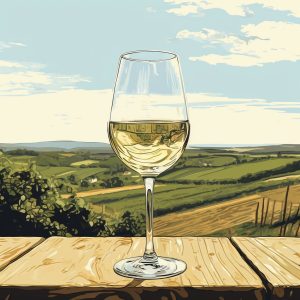
Chasselas
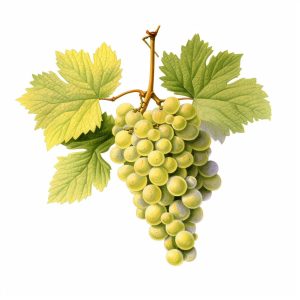
Wine Description: Chasselas is particulalry found in the French-speaking regions such as Vaud, Valais and Three Lakes. In the Valais region it is also called Fendant. It is a light and lively wine, a perfect apéritif wine. The wine hails from the Lake Geneva region, where it earned the name Fendant in the 17th century due to its grapes splitting (‘se fendent’ in French) when pressed by fingers.
Flavours: Almond, white flowers (jasmine, elderflower, orange blossom, acacia, or gardenia), flower honey
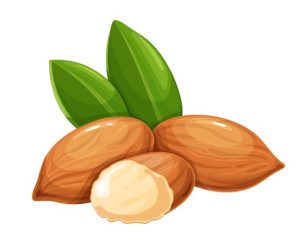
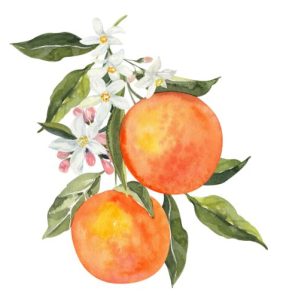
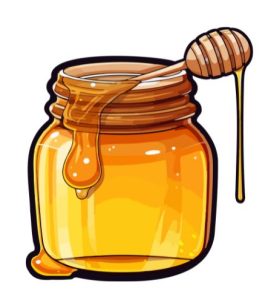
Almond Orange Blossom Honey
Acidity: medium to lively
Degustation Summary: Chasselas greets the palate with a delicate bouquet of white flowers and hints of citrus, offering a graceful introduction to its refined character. On tasting, it reveals a harmonious balance of crisp acidity and subtle fruitiness, culminating in a refreshing and elegant wine experience.
Wine & Food: Cheese Fondue, Raclette, Fish.
My top pick: Yvorne Grand Cru Château Maison Blanche 2021
Petite Arvine
Wine Description: Petite Arvine is primarily grown in the Valais region. The variety likely acquired its name, thought to originate from the Latin term “advena” meaning “recently arrived,” during its introduction to the Valais region in the early 17th century. Petite Arvine, when vinified dry, is a vibrant white wine with a fresh, slightly salty aftertaste. However, it can also shine with a touch of residual sweetness or as a concentrated sweet wine. The wine is mostly made into a dry wine, but as a sweet wine it offers a fantastic, sweet-spicy taste experience.
Flavours: Floral notes (wisteria, gentian) and exotic fruits (pineapple, passion fruit, grapefruit, mango)
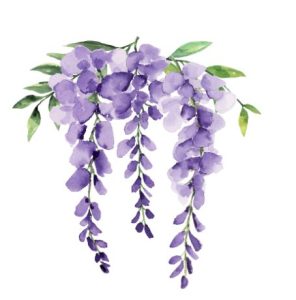

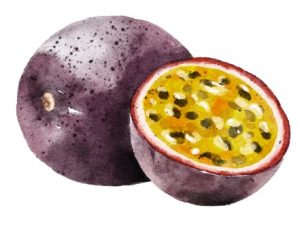
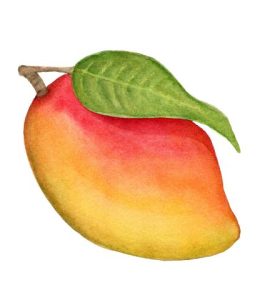
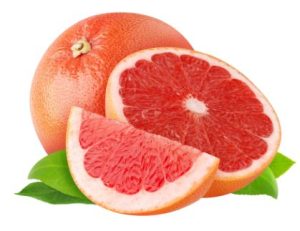
Wisteria Pineapple Passion Fruit Mango Grapefruit
Acidity: fresh, crisp, lively
Degustation Summary: Petite Arvine yields aromatic wines with crisp acidity and a distinct minerality. Characterized by citrus notes, hints of stone fruit, and a refreshing finish, it’s a versatile wine that pairs well with seafood, salads, and Alpine cheeses.
Wine & Food: Apéritif, sweet bread, seafood (langoustines, lobster), alpine cheese (Fondue, Raclette, Cheese Platter), salted cheese.
My top pick: Petite Arvine Les Grand’ Rayes 2021
Completer
Wine Description: Completer is an old white wine grape variety from Graubünden, Switzerland, first mentioned in Malans near Chur in 1321. Completer wines typically exhibit complex aromas of quince, ripe apples, plums, and honey. On the palate, they are completely dry, with a lush structure, very high natural acidity, and a tendency towards slight oxidation.
Flavours:
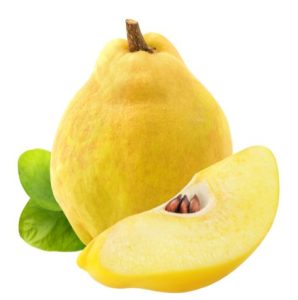
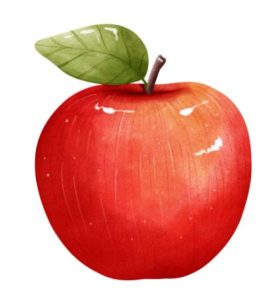


Quince Ripe Apples Plums Honey
Acidity: high
Degustation Summary: Completer Wine offer an elegant bouquet of ripe quince, golden apples, and hints of honey, with a refreshing palate showcasing vibrant acidity and a luscious texture. . The mouth is dry with a voluptuous structure, very high natural acidity and a tendency towards mild oxidation.
Wine & Food: Tender-fleshed fish (turbot, sole, John Dory), crustaceans (langoustine, spider crab), scallops.
My top pick: Completer 2021 Weingut Hermann
Humagne Blanche
Wine Description: Humagne Blanche, a white wine grape, originates from the Valais region. Humagne Blanc was documented in Valais, Switzerland, in a record dated 1313, establishing its status as one of Europe’s oldest grape varieties. DNA analysis reveals it as the parent of Lafnetscha and Himbertscha, with potential ancestral ties to Pyrénées-Atlantiques, France. Its name originates from the Greek “hylomaneus,” meaning abundant, and genetically, it is distinct from Humagne Rouge. Historically, Humagne Blanc was widely cultivated in Valais until the 19th century, known for its late ripening and robust growth.
Flavours: Humagne Blanc wines can exhibit notes of citrus fruits, including lemons and grapefruits. Some wines also show apple and pear aromas. Floral notes: Some Humagne Blanc wines may have floral notes, including accents of white blossoms such as lime flowers.
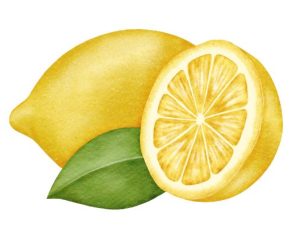
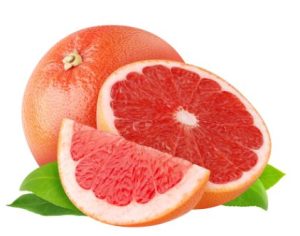
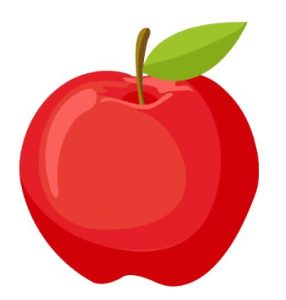
![]()
Lemons Grapegruits Apple Pear
Acidity: mild
Degustation Summary: Humagne Blanc presents a vibrant bouquet with pronounced notes of zesty citrus fruits like lemon and grapefruit, complemented by subtle hints of crisp apples and delicate pear undertones. Its palate offers a refreshing experience, featuring a harmonious balance of fruitiness and floral elegance, making it an exquisite choice for those seeking a refined and invigorating white wine.
Wine & Food: White-fleshed fish (Sea bass, Sea bream, Perch fillets), Mushroom casserole & Mature hard cheeses.
My top pick: Humagne Blanche Chamoson AOC Vs La Tornale
Red Varieties

Humagne Rouge
Wine Description: A dynamic, wild wine – An indigenous red grape variety mainly found in the Valais region. Distinct from Humagne Blanc this grape variety arrived in Valais from the Aosta Valley, Italy, toward the late 19th century. Since the 1970s, it was often confused with Petit Rouge d’Aoste until enzymatic and genetic analyses in 1999 identified it as Cornalin d’Aoste, which had lent its name to Rouge du Pays in 1972. Originating from a natural cross in the Aosta Valley between Rouge du Pays and an unidentified grape variety, Humagne Rouge is predominantly cultivated in Valais, Switzerland (99%, 1% in Vaud).
Flavours:
![]()
![]()
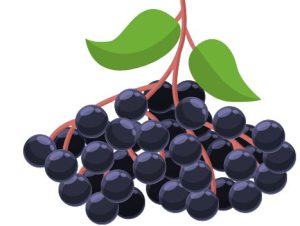
![]()
Violet Dried vine leaf Elderberry Smoke
Acidity: Balanced
Tannins: Silky
Degustation Summary: I found the Humagne Rouge to be a captivating wine, with its intense aromas of wild berries and spices leading to a rich palate of dark fruits, complemented by hints of herbs and earthiness. Its firm structure and lingering finish left a memorable impression, making it a standout choice for enthusiasts seeking depth and complexity in their wine experience. Humagne Rouge are fruits wines.
Wine & Food: Duck breast thinly sliced, roasted chicken with wild mushrooms, entrecôte or steak with pepper sauce, lamb skewers, venison saddle, deer medallion, cheese platter.
My top pick: Humagne Rouge Cuvée prestige AOC VS
Cornalin
Wine Description:Formerly known as Rouge du Pays, this historic grape variety from Valais, Switzerland, was renamed Cornalin in 1972, adopting the title of a grape variety from the Aosta Valley. Originating in the Aosta Valley, it likely made its way to Valais centuries ago via the Grand Saint Bernard pass, as it faced decline in its region of origin. Nearly extinct in Valais by the 1970s, it was preserved by a dedicated few, eventually becoming the quintessential red wine of Valais, exclusively cultivated there. Despite its challenging cultivation and variable yields, Cornalin yields vibrant, fruity, and velvety wines, characterized by silky tannins and a rich, bitter complexity.
Flavours:
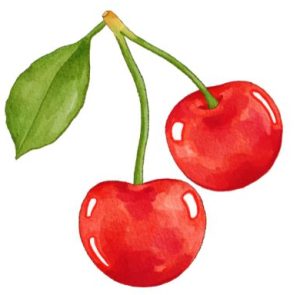
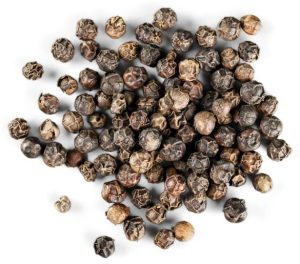
![]()
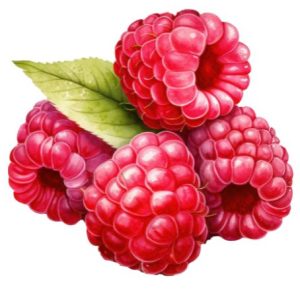
Cherry Pepper Violet Raspberries
Acidity: dry
Tannins: Smooth (sliky)
Degustation Summary: As I sampled the Cornalin, its rustic elegance unfolded, revealing a bouquet of dark fruits and pepper. On the palate, its bold flavors danced gracefully, with notes of ripe berries and hints of spice, leading to a lingering finish that left a satisfying impression of depth and complexity.
Wine & Food: Pasta with tomatoe sauce, low-medium spicy dishes, lamb, grilled pork meat, roast chicken & chocolate based deserts.
My top pick: Cornalin 2020 Denis Mercier SA
Eyholzer Roter
Wine Description: For three generations, the Chanton family from Visp in the Upper Valais has been growing uncommon local grape varieties. They are recognized for their exceptional Heida, consistently ranked among Switzerland’s finest wines, and are trailblazers in enhancing the Valais grape legacy. Lafnetscha, Himbertscha, Resi, and Eyholzer Roter are remarkable examples that remain undiscovered by many—a collection of rarities as delightful as they are distinctive.
Flavours:


Mountain violets Raspberries
Tannins: Low
Acidity: Medium – High
Degustation Summary: Light colour, discreet nose with as well as mountain violets, rasperries and strawberries. Light, high acidity, low to no tannins.
Wine & Food: Grilled light meats (veal, pork, chicken) or boldly seasoned dishes. Also offal, mushrooms & aged cheeses. exotic fruits (mango, passion fruit, pineapple).
My top pick: Eyholzer Roter Chanton
Bondola
Wine Style: The Bondola is an ancient, indigenous, blue grape variety from the canton of Ticino (Italian Switzerland). It is the most widely grown variety in Ticino (100%) where there are records of it dating back to 1785. Wines from Bondola grapes carry a violet aroma with lower alcohol content compared to Merlot wines. Due to its fresh acidity and typically lacking structure, Bondola is seldom vinified alone, often blended with other varietals, particularly in the traditional “Nostrano” wine known for its rustic, tannic profile and earthy notes. When “Nostrano” is sold beyond the Ticino canton, it is commonly labeled as “Colli del Ticino.”
Flavours:
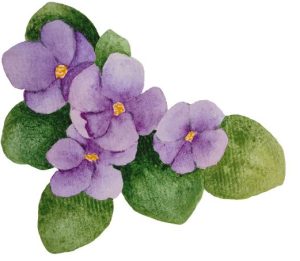
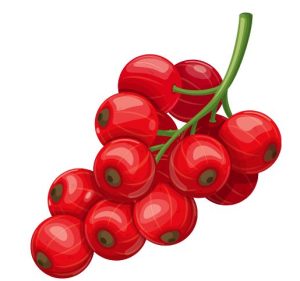
Violets Currants
Acidity: Distinct acidity
Tannin: Rustig / Ripe Tannins
Degustation Summary: Bondola captivates with a bouquet reminiscent of violets, while its palate, characterized by lower alcohol content compared to Merlot wines, offers a refreshing acidity, subtle structure and ripe tannins. This combination makes it an adaptable choice for diverse gastronomic experiences.
Wine & Food:The wines produced from this grape variety exhibit elevated acidity, allowing for versatile food pairing options. Savor the wine’s flavor alongside roasted cheese filled with thyme-infused stuffing. Additionally, it pairs well with sheep’s milk cheese and crispy potato chips. Further: Grilled red meats, risottos, pasta or dishes with tomato sauce & fruit tarts.
My top pick: Bondola Vini Bettoni
Other indigenous Swiss grapes are:
- Amigne & Räuschling
Which is your favourite Swiss Wine?
When tasting wine, check out my last blog article & the video 🎬 , the below flavours and acidity level can help when you describe the wine during your next wine tasting or wine evening. However, keep in mind that when it comes to flavours and how to describe wine, your creativity knows no boundary.
Eager for more insights into Swiss Wine? Follow me on Instagram for a behind-the-scenes look at the vibrant world of Swiss viticulture! ![]()
Sources used:
- Grape varieties – Swiss made | House of Switzerland
- Completer – Ladivina
- Completer | Weisse Rebsorte | Mövenpick Wein (moevenpick-wein.com)
- Fendant | Sortiment von Chasselas Weine (hischierweine.ch)
- Petite Arvine (bauraulacvins.ch)
- Fendant | Sortiment von Chasselas Weine (hischierweine.ch)
- WEINLANDSCHWEIZ | rebsorten
- Schweizer Wein | Eyholzer Roter | Chanton Weine – SwissGrapes
- Pictures generated via Midjourney & Canva Pro
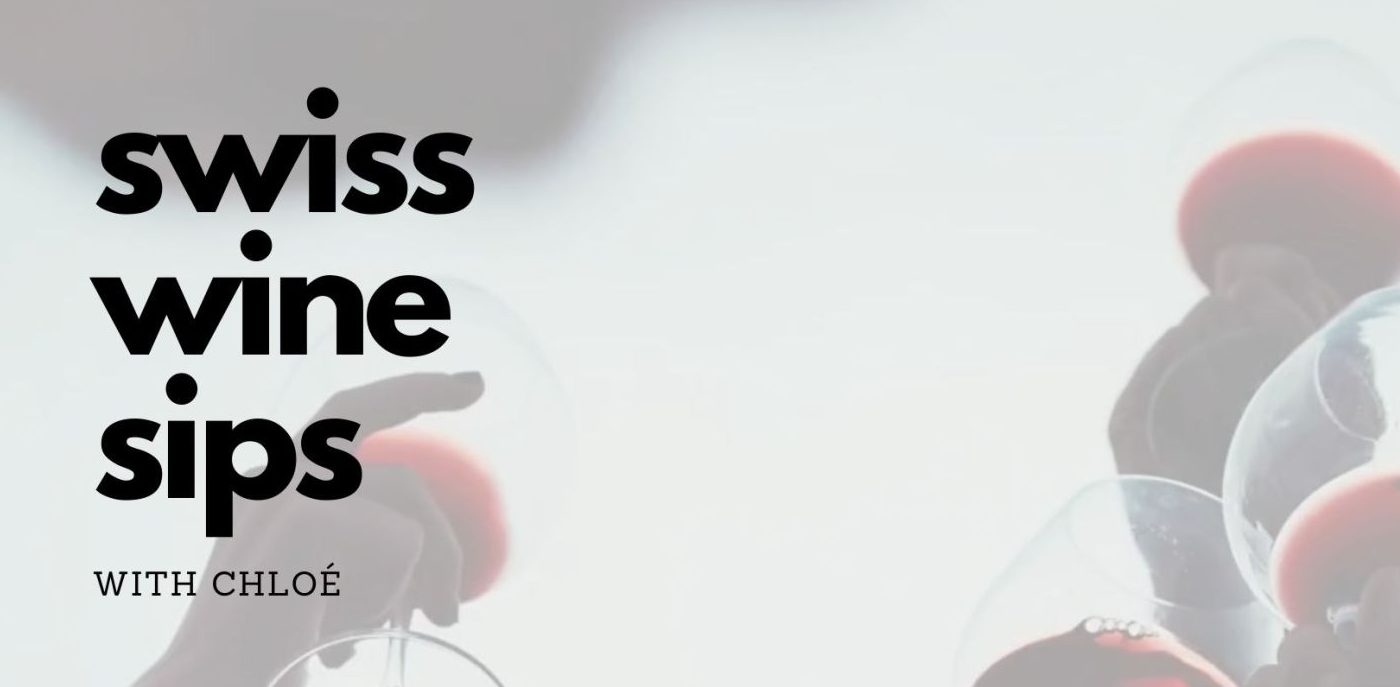

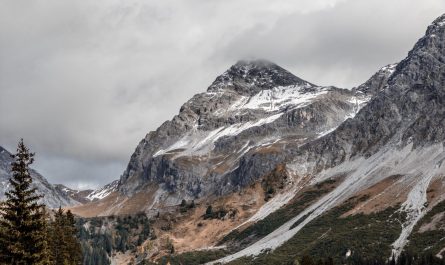

Completer wines are just amazing!
Absolutely, I couldn’t agree more! Completer wines indeed hold a remarkable charm and uniqueness. 🙂
Great article Chloé! Which is your favorite white wine? 😀
Thank you so much, Dániel! My favourite white wine is the Federweisser AOC Stauffacher Zürich. It’s a Pinot Noir, it’s amazing! If you don’t know it, you have to try it 🙂 Cheers, Chloé
Loved this post! lovely images 🙂
Thank you so much for your kind feedback, Jeannette! I’m so happy you liked my post 🙂 Cheers, Chloé
Oh really interesting Blog! I’m looking forward to doing a wine tasting of Swiss wines.🍷
Definitely! Let me know when you’re going – I might join 😉 Cheers!
Very nice, thank you for the info!
Thank you so much, I’m happy you liked my blog 🙂 Hope you learned something new about Swiss Wine! Cheers, Chloé